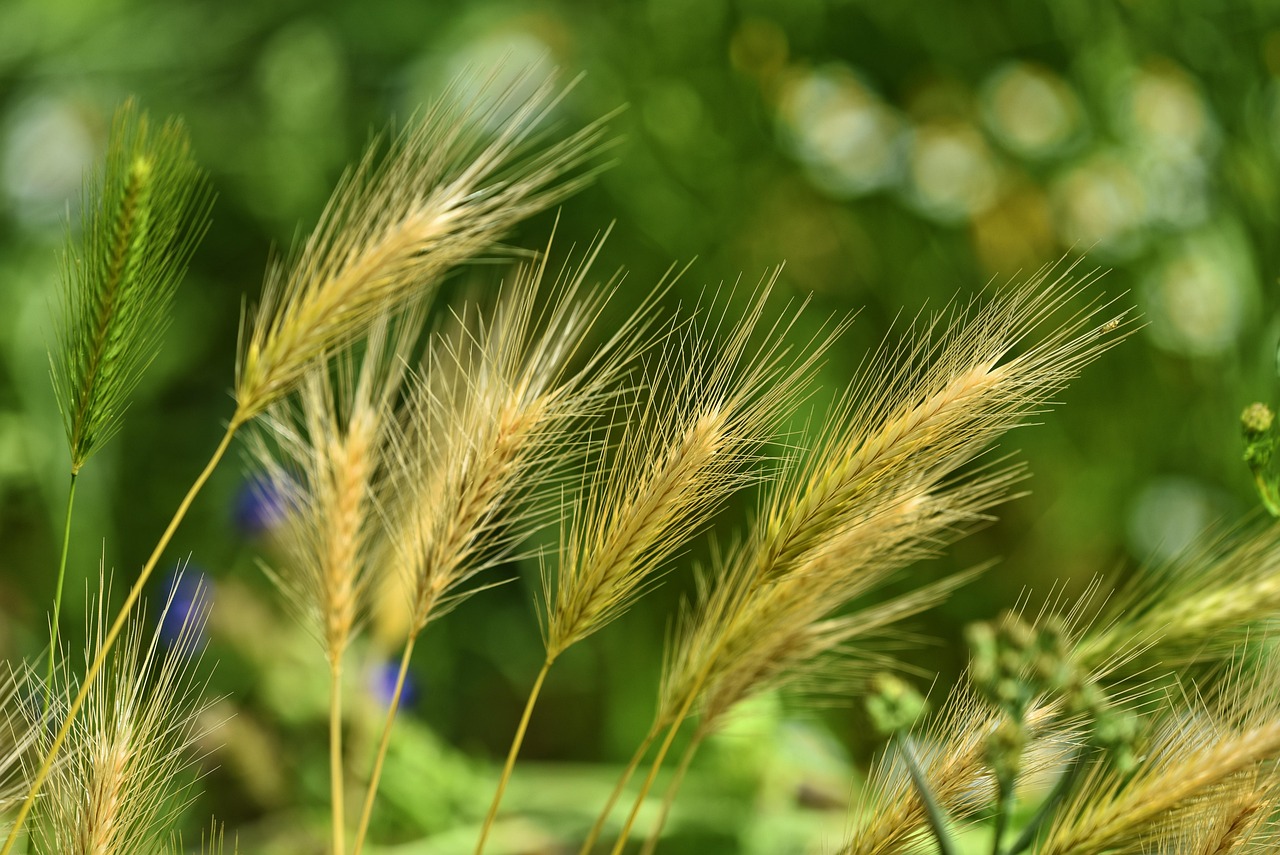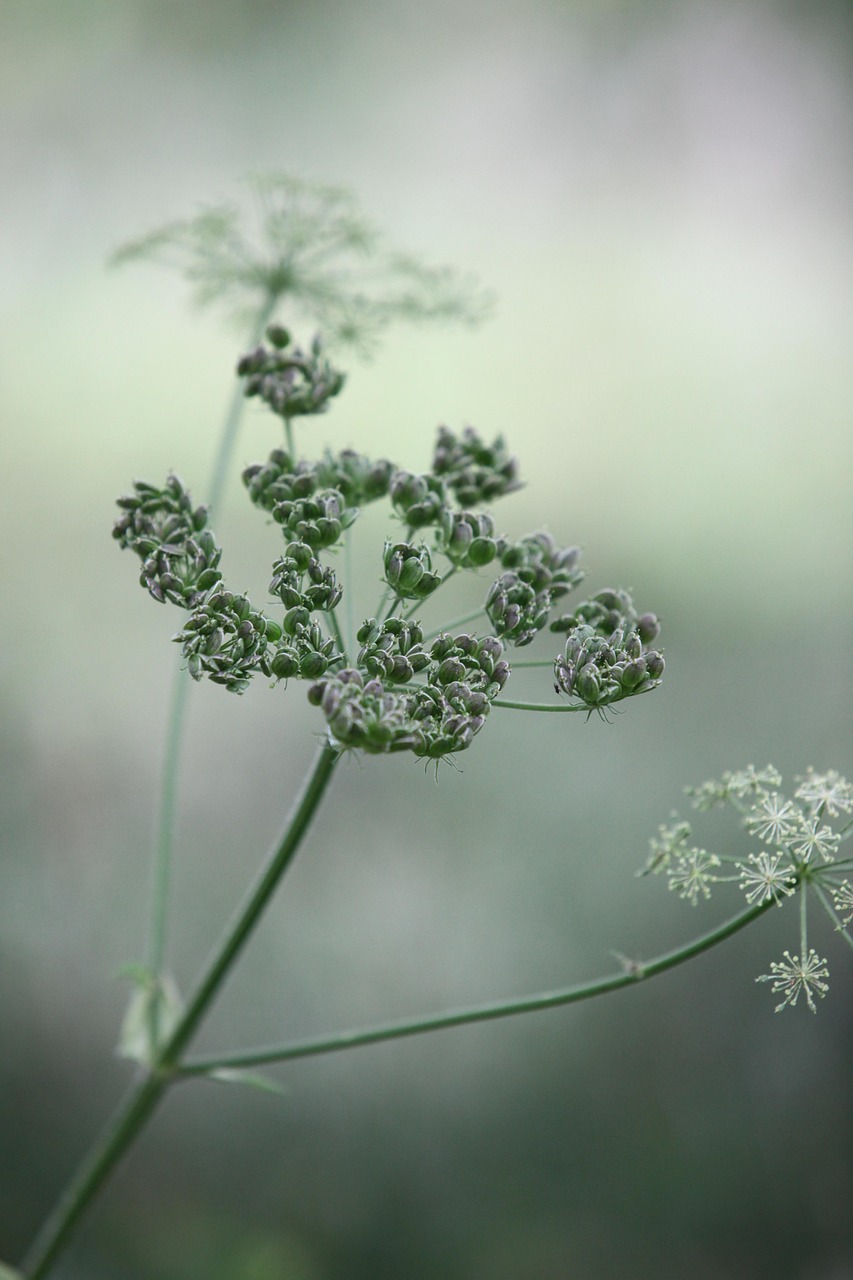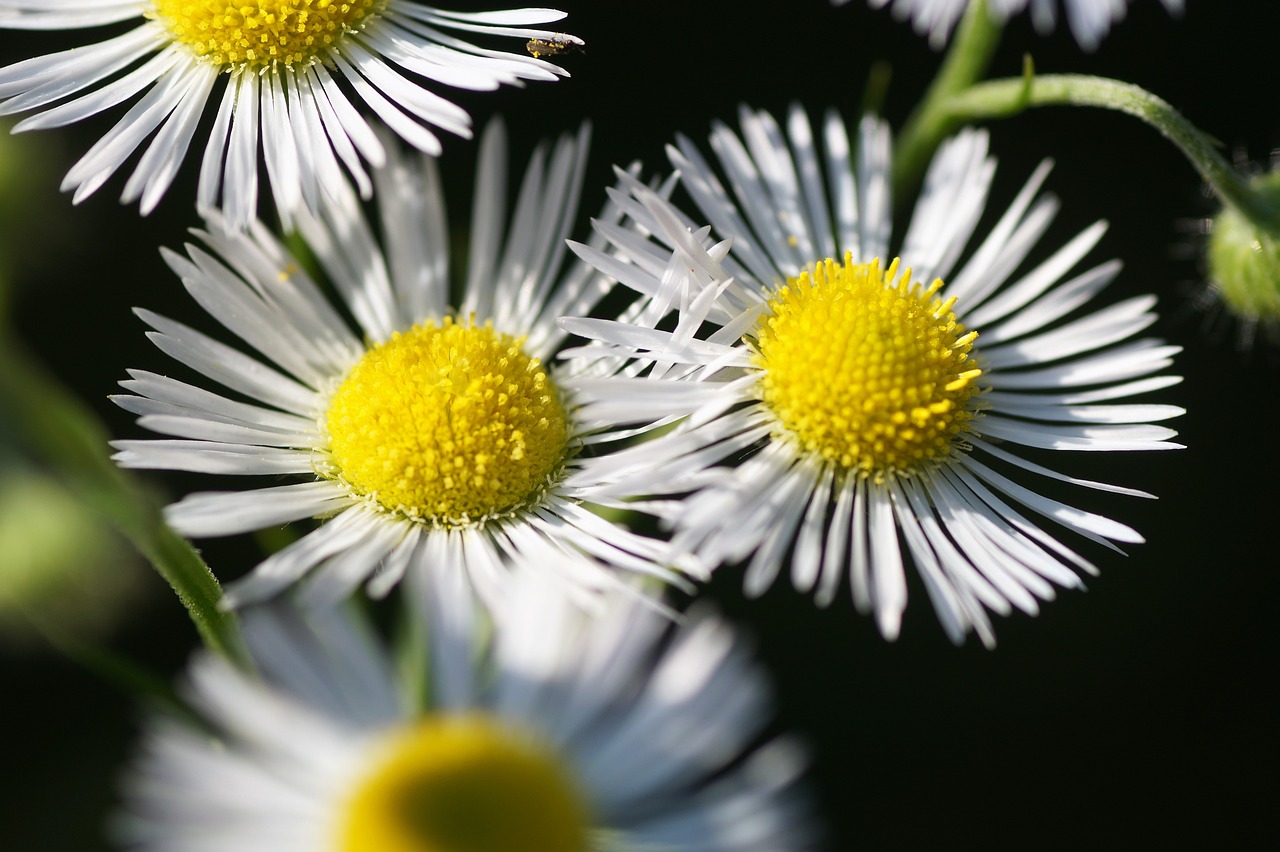When we think of a garden, vibrant blooms often come to mind. However, not all colorful flowers are cultivated intentionally. Among the lush greenery and manicured landscapes, pink flowering weeds emerge as delightful surprises. These unexpected pops of color can add charm and character to any outdoor space. Understanding these plants is essential for gardeners and nature enthusiasts alike.
Pink flowering weeds are diverse, ranging from delicate wildflowers to robust plants that can thrive in various environments. They often serve as a testament to nature’s resilience and adaptability. Despite being labeled as “weeds,” many of these plants possess unique beauty and ecological benefits. Some attract pollinators, while others contribute to soil health.

In this article, we will explore various types of pink flowering weeds, their characteristics, and the roles they play in our ecosystems. Additionally, we will discuss how to identify them, their growth habits, and the best practices for managing them in gardens and landscapes.
Types of Pink Flowering Weeds
Pink flowering weeds come in many forms. Here are some common varieties found in gardens and natural landscapes:
- Pink Clover (Trifolium pratense): This perennial plant features clusters of small pink flowers. It is known for its ability to enrich soil nitrogen levels.
- Common Purslane (Portulaca oleracea): A succulent weed with fleshy leaves, it produces bright pink flowers and is often found in gardens.
- Wild Geranium (Geranium maculatum): This native plant showcases soft pink blooms and thrives in woodland areas.
- Spotted Knapweed (Centaurea maculosa): This aggressive weed has pink to purple flowers and can dominate areas if left unchecked.
Understanding these varieties helps gardeners recognize their value beyond mere aesthetics. While some may be considered invasive, others can enhance biodiversity and attract beneficial insects.
Benefits of Pink Flowering Weeds
Many people overlook the advantages of having these weeds in gardens and landscapes. Here are some key benefits:
- Pollinator Attraction: Many pink flowering weeds attract bees, butterflies, and other pollinators. This contributes to a healthier ecosystem.
- Soil Health: Certain weeds can improve soil structure and fertility. For instance, clover fixes nitrogen in the soil, benefiting neighboring plants.
- Erosion Control: The root systems of these plants can help prevent soil erosion, particularly on slopes or disturbed land.
- Beauty and Diversity: The vibrant colors and variations in flower shapes add visual interest to outdoor spaces.
While managing these weeds in your garden, consider their ecological contributions. Eliminating them entirely may not always be necessary. Instead, understanding how to balance their presence can lead to a more sustainable gardening practice.
Identifying Pink Flowering Weeds

Proper identification is crucial for effective management. Here are some tips for recognizing pink flowering weeds:
- Observe Leaf Shape: Many weeds have distinctive leaf shapes that help in identification.
- Note Flower Structure: The arrangement and size of flowers can vary significantly among species.
- Check Growth Habit: Some weeds spread quickly through seeds or runners, while others grow more slowly.
Taking the time to learn about these plants can enhance your gardening experience. By appreciating their beauty and understanding their roles, you will foster a more harmonious relationship with nature.
Common Habitats for Pink Flowering Weeds

Understanding where pink flowering weeds thrive can enhance your ability to manage them effectively. These plants often occupy specific habitats that provide the necessary conditions for growth. Below are some common environments where you might encounter these vibrant weeds:
- Lawns: Pink flowering weeds can often be found in residential lawns, where they may compete with grass for nutrients and sunlight.
- Gardens: Many gardens, especially those with less maintenance, can host a variety of pink flowering weeds that may bloom unexpectedly.
- Roadside Areas: Pink flowering weeds frequently line highways and roadsides, taking advantage of disturbed soils and open spaces.
- Fields and Meadows: Natural areas such as fields and meadows often support diverse weed populations, including those with pink flowers.
The adaptability of these plants allows them to flourish in various conditions. Their presence in these habitats often indicates a disturbance or a niche that they can exploit effectively.
Growth Conditions for Pink Flowering Weeds
Pink flowering weeds typically thrive in certain growth conditions. Understanding these factors can help gardeners anticipate where these plants may appear and how to manage them. Here are some key conditions:
- Soil Type: Many pink flowering weeds prefer well-drained soils but can also tolerate poor quality or compacted soils. They often establish quickly in nutrient-rich environments.
- Light Requirements: While some species thrive in full sun, others may prefer partial shade. Their ability to adapt makes them resilient in various light conditions.
- Moisture Levels: These weeds generally favor moderate moisture levels. However, many can withstand dry spells once established.
By understanding these growth conditions, gardeners can make informed decisions about the management of pink flowering weeds in their spaces.
Managing Pink Flowering Weeds
While some gardeners may view pink flowering weeds as nuisances, effective management can allow for a harmonious coexistence. Here are several strategies to consider:
- Regular Monitoring: Keep an eye on your garden for any new growth. Early identification allows for easier management.
- Mechanical Removal: Hand-pulling or digging out weeds can be effective, especially when done before they flower and set seeds.
- Cultural Practices: Maintaining healthy soil through practices like mulching and crop rotation can reduce weed pressure and encourage desirable plants.
- Selective Herbicides: If necessary, consider using herbicides that target specific weeds while being safe for other plants. Always follow label instructions carefully.
Each management strategy has its advantages and disadvantages. The best approach often depends on the specific situation and goals of the gardener.
The Aesthetic Value of Pink Flowering Weeds
Despite their classification as weeds, pink flowering plants can enhance the beauty of any landscape. Here are some reasons why they deserve appreciation:
- Color Variety: The shades of pink can range from soft pastels to vibrant hues, creating stunning visual contrasts in natural settings.
- Diversity of Forms: These weeds come in various shapes and sizes, adding unique textures to gardens and landscapes.
- Seasonal Interest: Many pink flowering weeds bloom at different times throughout the growing season, ensuring ongoing color and interest.
Incorporating these plants into your garden design can create a more dynamic and engaging environment. Their unexpected beauty can surprise and delight anyone who encounters them.

Ecological Importance of Pink Flowering Weeds
Beyond their aesthetic appeal, pink flowering weeds play a significant role in the ecosystem. They contribute to biodiversity and provide essential services that support wildlife and the environment. Here are several ecological benefits these plants offer:
- Habitat Creation: Pink flowering weeds can create habitats for various insects, birds, and small mammals. These plants often serve as nesting sites and food sources.
- Pollinator Support: Many pink flowering weeds attract beneficial pollinators, such as bees and butterflies. This helps ensure the pollination of both wild and cultivated plants.
- Nutrient Cycling: Weeds contribute to nutrient cycling by decomposing organic matter. This process enriches the soil, promoting healthier ecosystems.
- Medicinal Uses: Some pink flowering weeds possess medicinal properties and have been used in traditional remedies for centuries.
Recognizing these ecological contributions highlights the importance of allowing some weeds to thrive in garden spaces rather than removing them entirely.
Pink Flowering Weeds in Traditional Medicine
Throughout history, various cultures have recognized the medicinal properties of certain pink flowering weeds. These plants have been utilized for their health benefits and healing properties. Here are examples of pink flowering weeds with notable medicinal uses:
- Pink Clover (Trifolium pratense): Known for its high nutrient content, pink clover has been used in herbal teas and remedies for respiratory issues and skin conditions.
- Wild Geranium (Geranium maculatum): This plant has been traditionally used to treat wounds, inflammation, and digestive problems.
- Common Purslane (Portulaca oleracea): Often regarded as a superfood, it is rich in omega-3 fatty acids and has been used for its anti-inflammatory properties.
These uses demonstrate how pink flowering weeds can be integrated into natural health practices. Their availability makes them a valuable resource for those interested in herbal medicine.
Strategies for Incorporating Pink Flowering Weeds into Gardens
For gardeners looking to embrace the beauty and benefits of pink flowering weeds, several strategies can be employed. Here are some tips for effectively incorporating these plants into garden design:
- Create a Wildflower Garden: Designate an area of your garden as a wildflower patch. Allow pink flowering weeds to grow alongside other native plants to enhance biodiversity.
- Use Them as Ground Cover: Certain pink flowering weeds can serve as effective ground cover, helping to suppress unwanted grasses and providing a carpet of color.
- Mix with Ornamental Plants: Combine pink flowering weeds with ornamental flowers to create a more naturalistic garden look. This can soften the appearance of formal landscapes.
- Encourage Pollinators: Plant pink flowering weeds deliberately to attract pollinators. Position them near vegetable gardens or fruit trees to improve pollination rates.
By integrating these plants into your garden, you can create a vibrant, dynamic space that supports local ecosystems while enjoying their beauty.
Challenges in Managing Pink Flowering Weeds
While there are many benefits to pink flowering weeds, managing them can pose challenges for gardeners. It’s essential to address these challenges effectively to maintain a healthy garden environment. Some common issues include:
- Invasiveness: Certain pink flowering weeds can become invasive, outcompeting native plants and disrupting local ecosystems.
- Maintenance Issues: Weeds can require regular attention to prevent them from dominating cultivated areas, requiring time and effort from gardeners.
- Pest Attraction: While many insects are beneficial, some weeds might attract pests that can harm other plants in the garden.
A proactive approach to management is crucial. Understanding potential challenges will help gardeners balance the presence of pink flowering weeds while preserving the health of their gardens.
Embracing Pink Flowering Weeds in Sustainable Gardening
Incorporating pink flowering weeds into your gardening practices can lead to a more sustainable and ecologically friendly approach. Rather than viewing these plants solely as pests, gardeners can recognize their valuable contributions to biodiversity and the overall health of the garden ecosystem. Understanding their growth patterns and requirements can help you manage them more effectively, ensuring they coexist with cultivated plants.
One way to embrace these weeds is by adopting a less conventional gardening mindset. This approach encourages a mix of native plants, wildflowers, and even selected weeds in your landscape. By allowing pink flowering weeds to thrive alongside traditional flowers and vegetables, you can create a vibrant tapestry of color while supporting local wildlife.
Strategies for Encouraging Positive Interactions
To foster a healthy relationship with pink flowering weeds, consider the following strategies:
- Educate Yourself: Knowledge is power. Learn more about the specific pink flowering weeds in your area. Understanding their life cycles and habits will enable you to manage them more effectively.
- Practice Integrated Pest Management (IPM): This holistic approach combines cultural, mechanical, biological, and chemical methods to manage weeds and pests sustainably.
- Utilize Companion Planting: Pairing pink flowering weeds with other plants can enhance growth and deter pests. This method promotes a symbiotic relationship among plants within your garden.
- Encourage Natural Predators: Attracting beneficial insects that prey on pests can help maintain balance in your garden. Planting diverse flowering weeds can support these natural pest controllers.
Through these strategies, gardeners can enjoy the beauty of pink flowering weeds while minimizing potential issues related to their growth and spread.
Final Thoughts
Pink flowering weeds are far more than mere nuisances; they are vibrant additions to our gardens that offer numerous ecological benefits. By acknowledging their role in supporting pollinators, enriching the soil, and providing habitat for wildlife, gardeners can cultivate a deeper appreciation for these unexpected pops of color.
While challenges such as invasiveness and maintenance concerns exist, a proactive and informed approach can turn potential problems into opportunities for sustainable gardening. By integrating these plants into garden designs thoughtfully, one can create beautiful landscapes that celebrate the diversity of nature.
Ultimately, pink flowering weeds remind us of the delicate balance between cultivated and wild spaces. They inspire us to embrace nature’s unpredictability and beauty, enriching our gardening experiences along the way. With the right mindset and management techniques, these weeds can contribute significantly to a thriving garden ecosystem.
